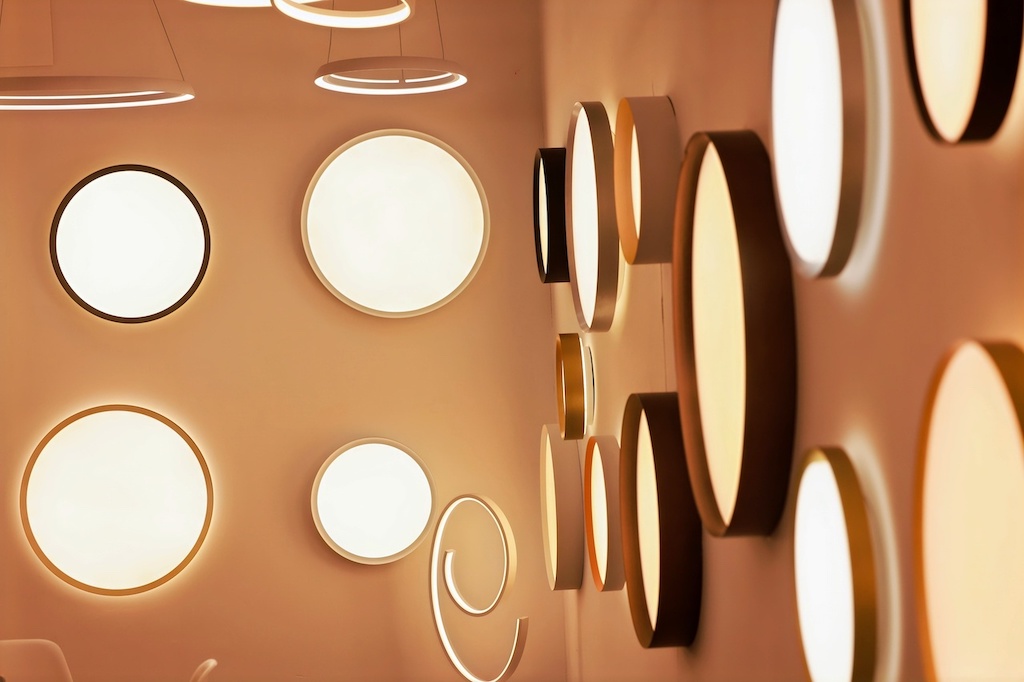
Lighting technology is undergoing a transformative era, shaped by constant innovation. At the forefront of this evolution are global trends such as sustainability and human-centric solutions, which are redefining lighting design and manufacturing across the world.
China, as one of the key players in this landscape, continues to demonstrate how scale, ambition, and adaptability can drive industry progress. The upcoming Guangzhou International Lighting Exhibition (GILE) 2025, held from 9 – 12 June at the China Import and Export Fair Complex, will serve as a platform to showcase how these elements come together to shape the future of lighting.
GILE 2025 will provide a stage for over 3,000 exhibitors across 250,000 sqm, highlighting the latest in lighting technology, sustainability, and human-centric solutions.
Held alongside Guangzhou Electrical Building Technology (GEBT), the event aims to foster collaboration between global stakeholders and demonstrate how China is contributing to the future of lighting.
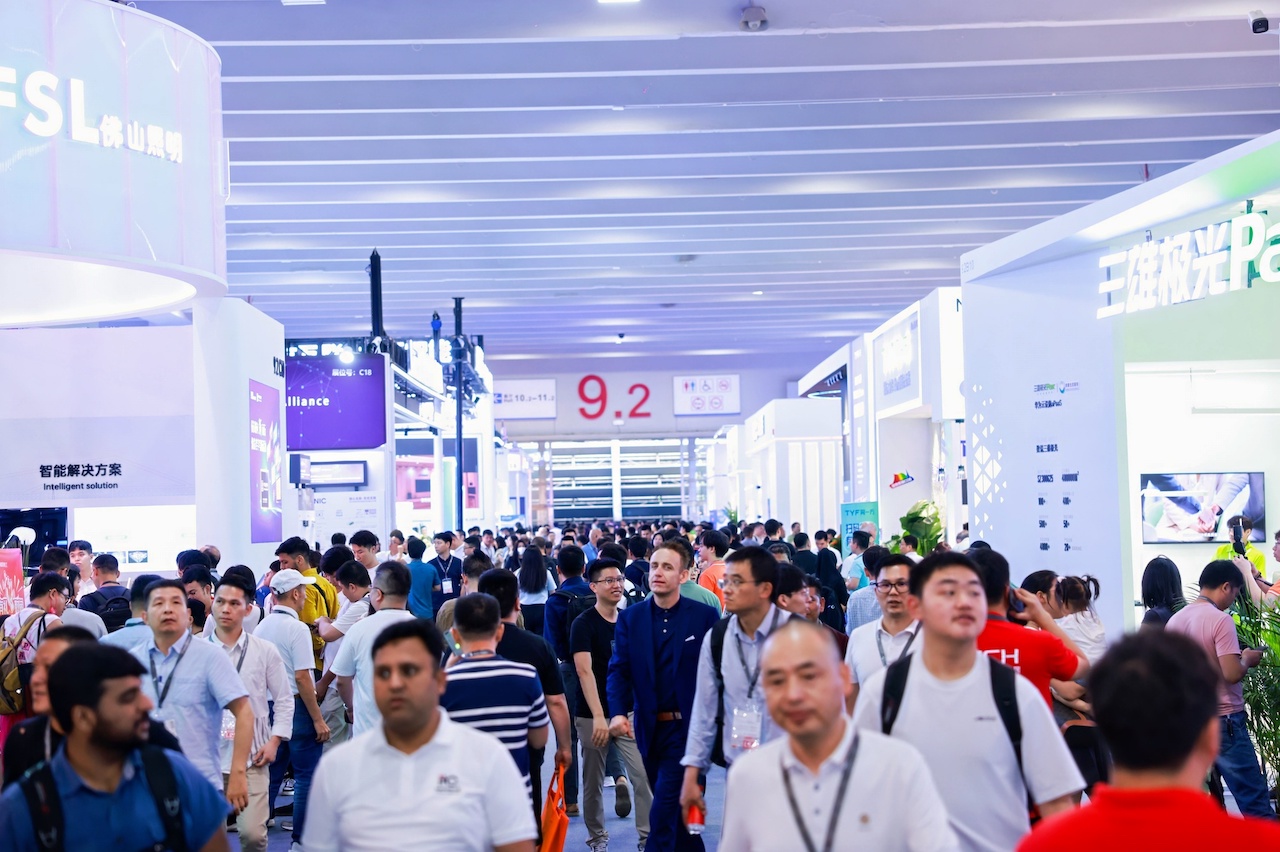
Carla Wilkins, Global Creative Director at Lichtvision, a prolific voice in lighting design, will be leading exclusive guided tours focused on technology and sustainability at the event. Bringing extensive experience from both Asia and Europe, her diverse portfolio includes landmark projects such as The Henderson in Hong Kong, Terminal 4 at Singapore Changi Airport, and Downtown Doha in Qatar, among others.
Wilkins highlighted the increasing importance of sustainability and human-centric lighting in the global lighting industry. “Sustainability requires a holistic approach, considering the entire lifecycle of products, not just using recycled materials,” she explains. “In Europe, there’s a growing expectation for reducing carbon footprints and ensure old lighting fixtures can be upcycled, upgraded, or reused.” She stressed the importance of designing fixtures to be dismantled and recycled, advocating for a shift in mindset as resources become more limited. “Even materials like steel and plastic can be sustainable if they’re reused or recycled over time. We should also encourage repair and reuse, giving lighting fixtures a second or third life,” Wilkins adds.
Human-centric lighting is increasingly requested by clients everywhere as part of wider well-being strategies. “It’s not just about what we see, it’s also about the physiological and psychological effects of light. We need to strike the right balance between sustainability and well-being, with lighting that supports human health as well as the environment.”
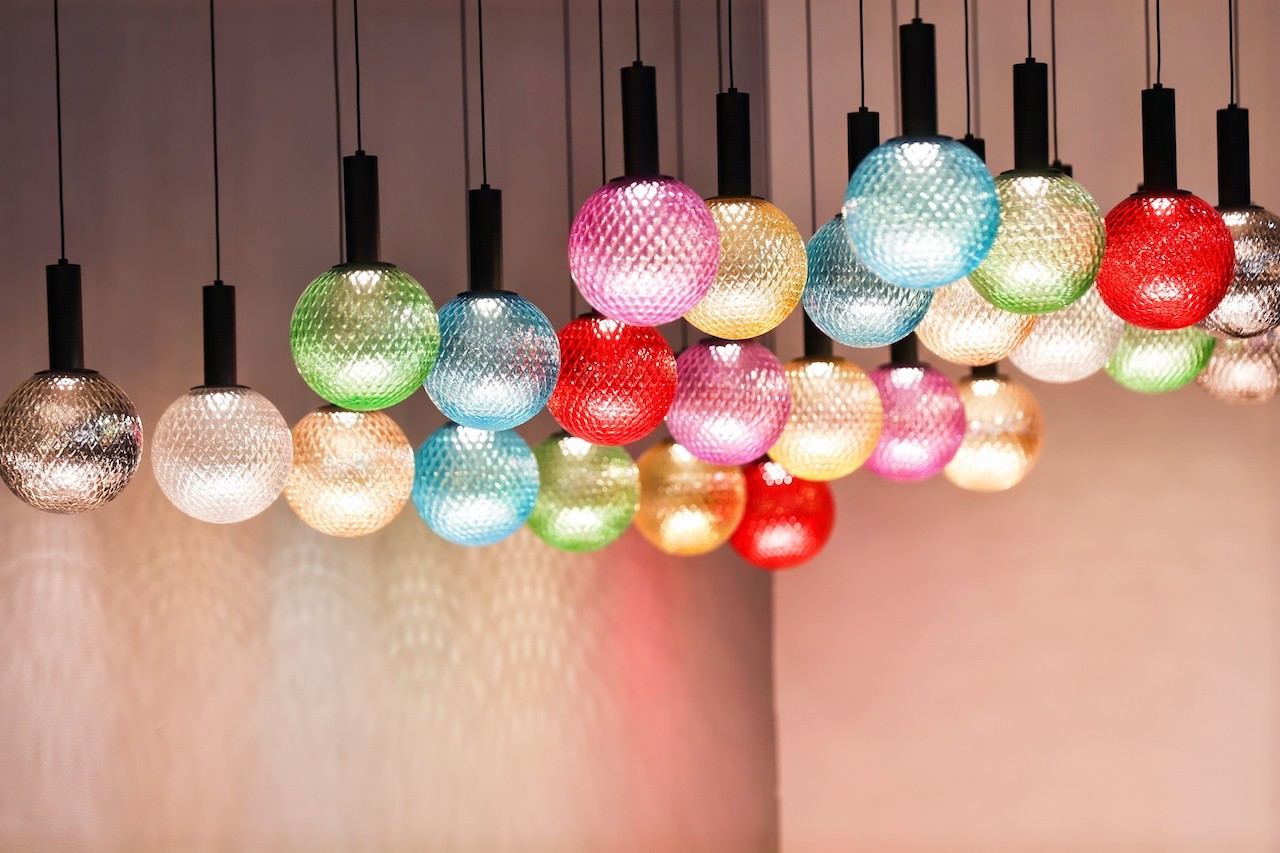
Reflecting on her experiences in China, Wilkins notes that these international trends are increasingly being adopted and advanced by Chinese lighting companies and designers.
She observes that sustainability is gaining traction in China, with practices such as strategic fixture placement to improve maintenance, minimising light pollution, and the growing adoption of smart lighting controls to reduce energy consumption becoming more common.
China’s interest in human-centric lighting is also strengthening, as businesses explore how lighting can enhance comfort, productivity, and well-being. While the concept has roots in European design, Wilkins says: “It’s now evolving into a global standard, and Chinese projects are increasingly adopting these ideas and adapting them for local needs. It’s no longer just about adjusting light colours, such as warm or cool tones, but about using the full spectrum of light to support well-being and adapting to diverse needs.”
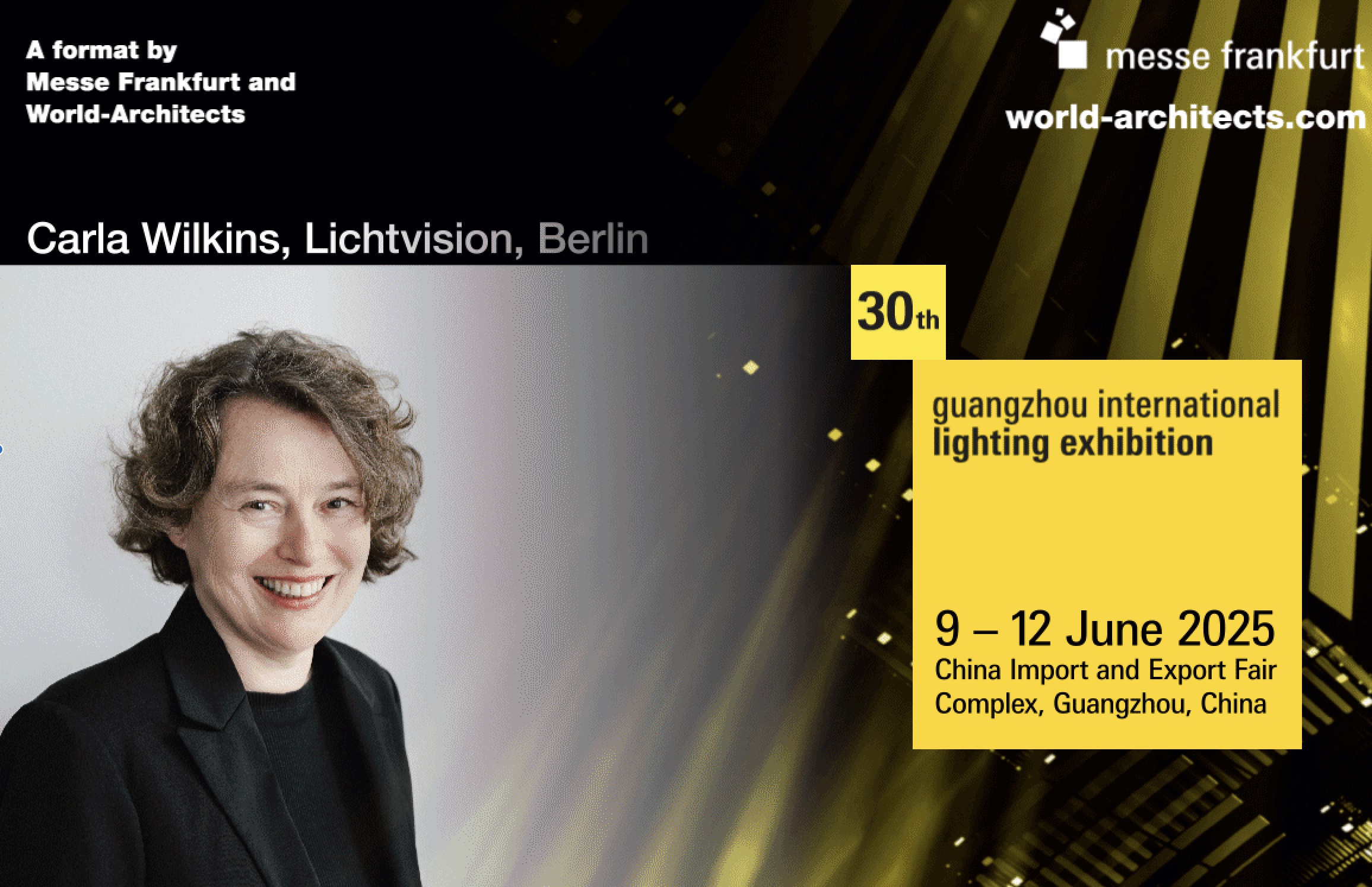
China’s lighting industry is notable for its scale, speed, and bold approach to design. Wilkins describes China’s lighting projects as expressive and ambitious, often reflecting rapid urban growth and large-scale commercial demands. “Lighting design here tends to be highly visual and impactful, serving as a symbolic statement for cities and helping to elevate urban identity,” she explains.
Innovation and technology remain at the core, with advancements in smart controls, compact fixtures, and energy-efficient LEDs providing designers with the flexibility to push creative boundaries while meeting practical demands. Wilkins notes: “Light engines, efficient LEDs, wireless controls, and intelligent digital lighting controls are some of the key innovations shaping modern lighting design in China.”
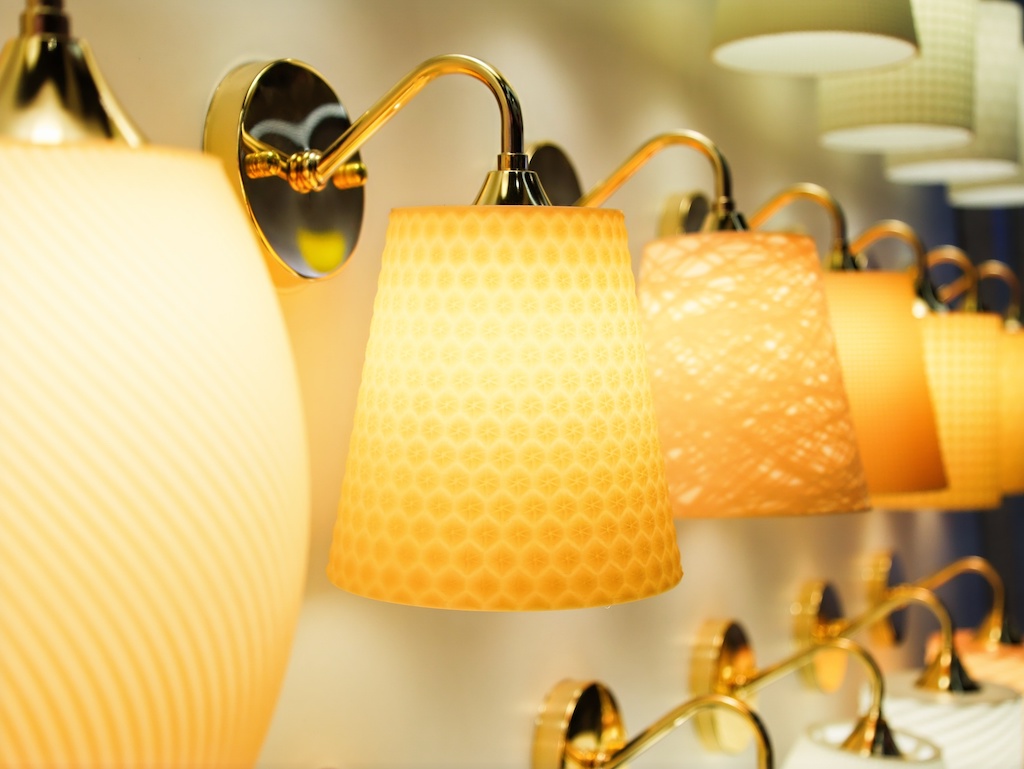
For more information about the exclusive guided tours at GILE 2025, visit: https://qr.messefrankfurt.com/Q1a8b.
The Guangzhou International Lighting Exhibition and Guangzhou Electrical Building Technology are part of Messe Frankfurt’s Light + Building Technology fairs headed by the biennial “Light + Building” event. The next edition will be held from 8 – 13 March 2026 in Frankfurt, Germany.
For more information on Light + Building shows worldwide, visit: www.light-building.com/brand.
For more information regarding the lighting shows in China, visit: www.light.cn.messefrankfurt.com


 Share
Share









